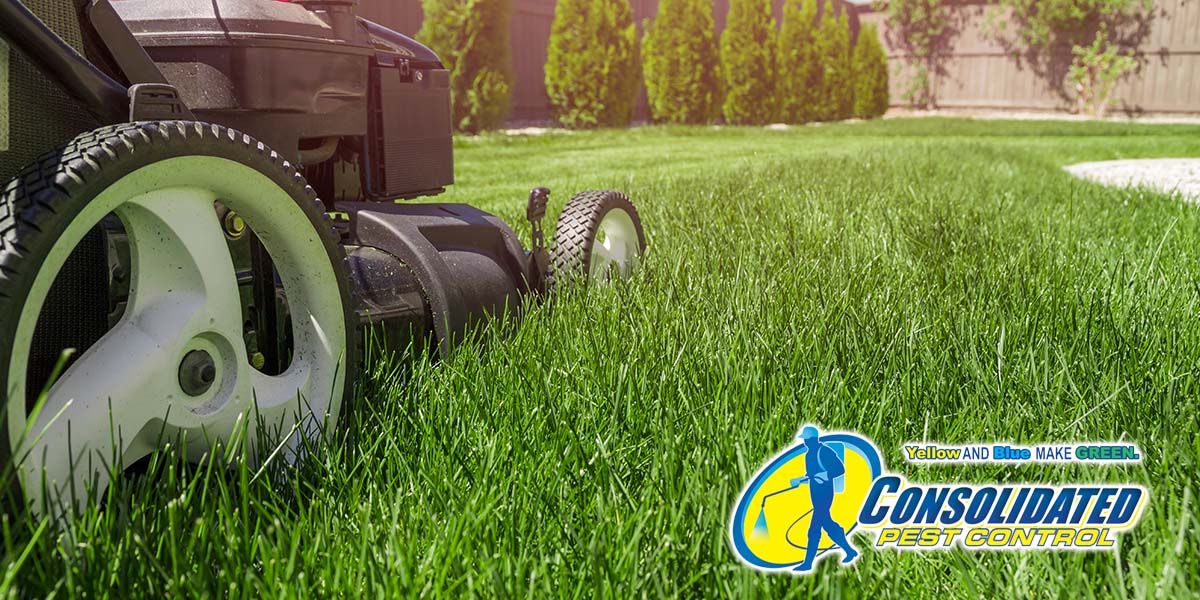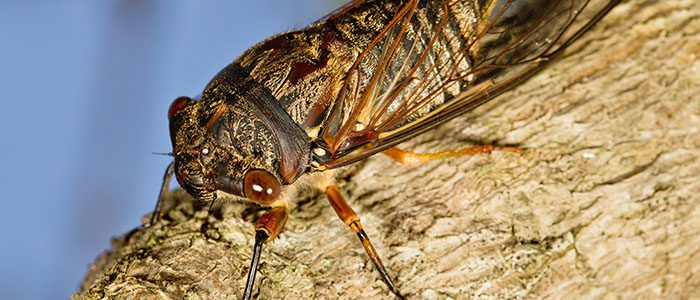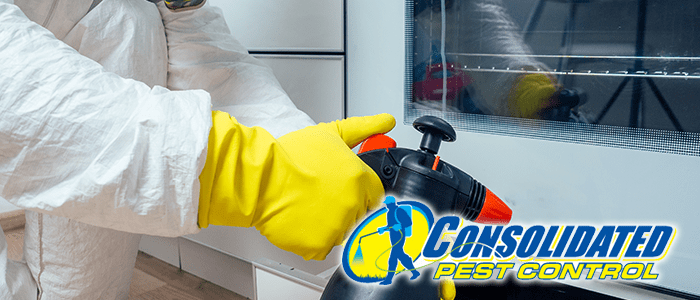
The following article originally appeared on homeguides.sfgate.com. You can read the original article here.
Correct watering of turf grass such as St. Augustine grass (Stenotaphrum secundatum) is important to keep it green and healthy. St. Augustine grass should be watered only when it begins to show signs of drought stress. Because it is a warm-climate grass, hardy in U.S. Department of Agriculture plant hardiness zones 8 through 11, it may need watering during winter as well as the rest of the year. Dry, brown patches in the grass, however, can be signs of insects or fungus rather than underwatering.
Just a Little Dry
St. Augustine grass is intolerant of overwatering. That is why it should not be watered until it shows signs of drought stress. Its blades, or leaves, will begin to be rolled or folded and become a dull, slightly blue color when the grass needs watering. Another sign that the grass requires water is when footprints remain, rather than the grass immediately springing back in place, when someone walks on the lawn. St. Augustine grass can go five to 10 days between watering sessions, depending on the temperature.
Root of the Problem
Getting water all the way to St. Augustine grass’ deepest roots is important for the grass’ health. Water needs to soak 6 inches into the soil for all the roots to have access to that water. Because soil composition and sprinklers’ water output vary, test water penetration in your yard’s soil and the water output of your sprinkler. A soil probe or garden spade can be pushed easily through wet soil and stops at dry soil. Turn the sprinkler on for 30 minutes, and then test the soil in the watered area. Adjust watering times based on that measurement to ensure that enough water reaches a soil depth of 6 inches.
A Little Snack
If the lawn is watered deeply enough and dry, brown patches are still in the St. Augustine grass, then water may not be the problem. Insect damage, especially from chinch bugs, looks much like drought damage in grass. If the St. Augustine’s dry appearance persists after watering or seems to spread, then examine the grass for chinch bugs, white grubs, cut worms and scale insects, which eat grass. The kind of treatment required depends on the kind of insect found in the lawn. Garden centers carry a range of insecticides, and each insecticide’s label identifies which insects that particular insecticide is designed to treat.
Fungus and Fertilizer
Brown or dry-looking patches in St. Augustine grass can be caused by fungal infections, such as brown patch and gray leaf spot. Those infections are more common in grass that is overwatered than grass that is not overwatered, but they also can be a problem in overfertilized St. Augustine grass. Before fertilizing the grass, test its soil with a soil test kit from a garden center to determine the soil’s nutrient levels. Reducing watering can help control fungus, but applying an anti-fungal product to infected St. Augustine grass is the best way to eliminate a fungus.








